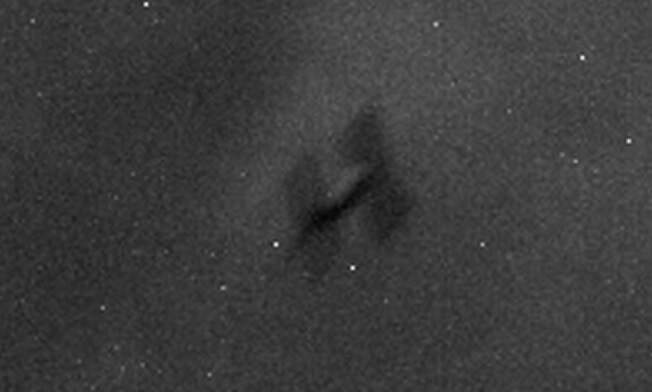
ERS-2 was launched nearly 30 years ago as the most advanced Earth observing object. (Image: clone)
A European satellite weighing 2.3 tons uncontrolled entered the Earth's atmosphere last Wednesday (21), and fell over the Pacific Ocean, between Alaska and Hawaii in the United States. ERS-2 was launched nearly 30 years ago as the most advanced Earth observing object.
The European Space Agency's prediction that it would disintegrate almost completely as it reenters the atmosphere, 80 kilometers above the Earth's surface, has come true. “ERS-2 was uncontrollable at any time during its re-entry into the atmosphere, and the only force leading to its descent was unpredictable atmospheric drag,” the statement read.
The uncontrolled entry occurs because ERS-2 used up the last of its fuel in 2011 to reduce the risk of a catastrophic explosion that would have generated a large amount of space debris. Since then, its batteries have already died and its communications antenna and onboard electronics have been shut down. In other words, there is no longer any way to effectively control the satellite's movement from Earth as it descends.
The unpredictability of natural return is due to the limited ability to predict the density of the layers of the Earth's atmosphere. They are the ones that will produce the drag responsible for the decay of the satellite's orbit – the denser they are, the more drag they generate and the faster the satellite's orbit decays.
However, intensity forecasts depend on the atmospheric model used and unpredictable solar activity. Other aspects that affect the orbital decay speed, such as the direction the satellite is facing and thus the surface area exposed to the atmosphere, cannot be determined simply by observing the satellite's path.
ERS-2 was launched on April 21, 1995. At the time, it was the most advanced Earth observation spacecraft ever developed and launched by Europe. Together with the nearly identical ERS-1, it collected valuable data on land surfaces, oceans and ice caps and was called upon to monitor natural disasters such as severe floods or earthquakes in remote parts of the world.
According to the European Space Agency, the annual risk of human injury due to space debris is very low. For comparison purposes, it is 1.5 million times lower than the risk of death in a domestic accident; 65,000 times less risk of being struck by lightning; And three times less than the risk of being hit by a meteorite.

“Coffee trailblazer. Social media ninja. Unapologetic web guru. Friendly music fan. Alcohol fanatic.”
